CARDINAL WOLSEY
In this episode I speak to Phil Roberts the author of a book called Cardinal Wolsey: For King and Country that was published in 2022.
Phil talks about the Ipswich Wolsey would have known as a child, explains how Wolsey managed to rise to such power, and what his achievements were. Phil also explains how Wolsey fell from power and how he died.
Phil is also volunteering a lot of his time for the Thomas Wolsey 550 Project as a Wolsey reenactor. You can see him in the video below tracing what is thought to be the footprint of the college Wolsey was planning for the town before his fall from power.
The ‘Thomas Wolsey 550’ project launched in March 2023 to recognise and celebrate the 550th anniversary of the birth of Cardinal Thomas Wolsey (c1473-1530).
Thomas Wolsey rose from humble beginnings in Ipswich to become the most powerful statesman in England, alongside King Henry VIII. His career was unprecedented.
Wolsey was quite simply, a master of opportunity. His achievements, which shaped politics, law and religion in this country, illustrate that anything is possible for anyone.
An exciting public programme is planned in Ipswich, with a huge range of activities for everyone scheduled over 550 days until the programme’s finale in September 2024.
Please follow this link to the Thomas Wolsey 550 website for more information https://thomaswolsey550.co.uk/
You can listen and subscribe to the podcast on iTunes, Spotify etc or stream it online: https://podcasters.spotify.com/pod/show/caleb-howgego
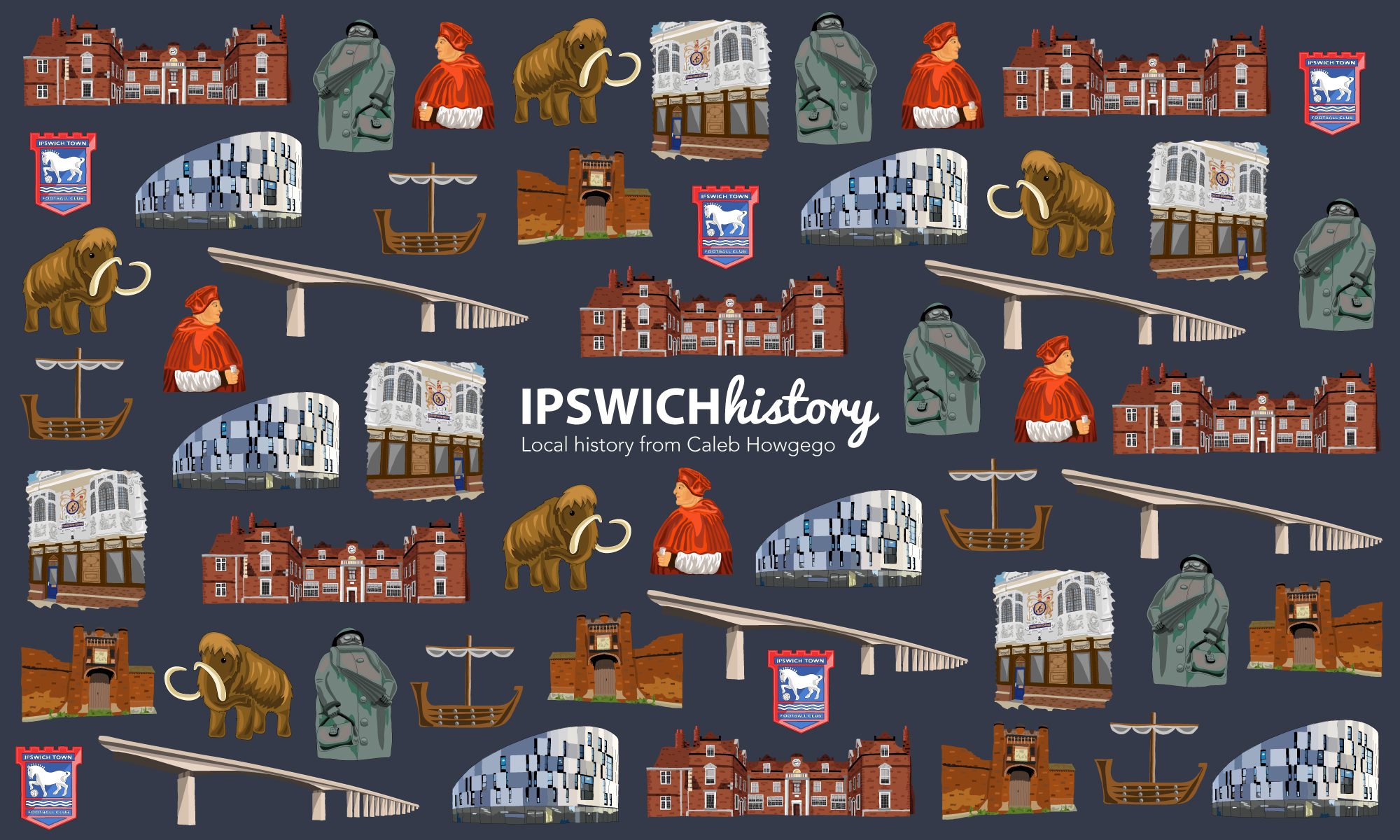
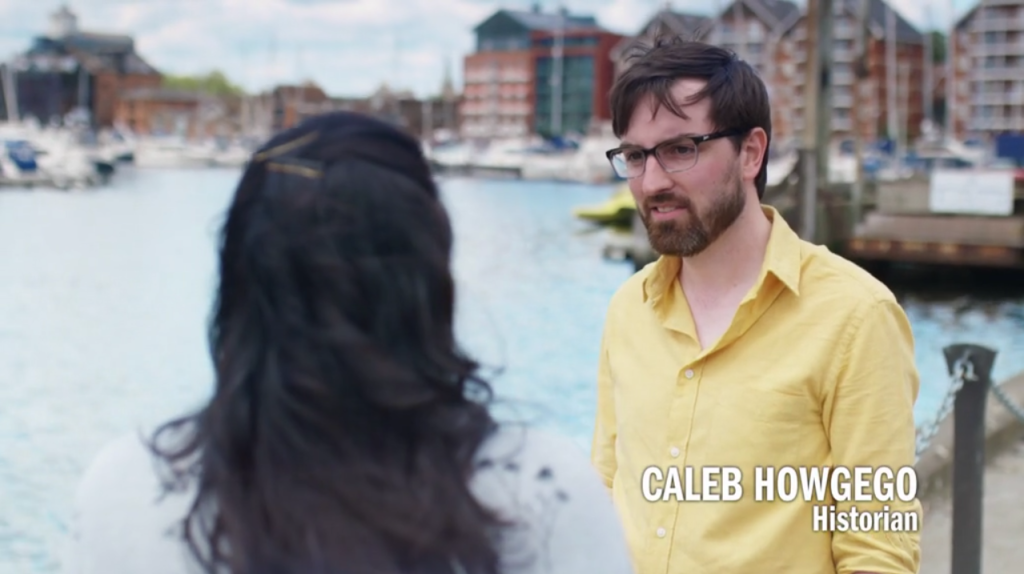

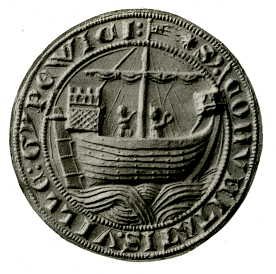

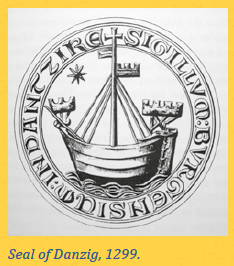

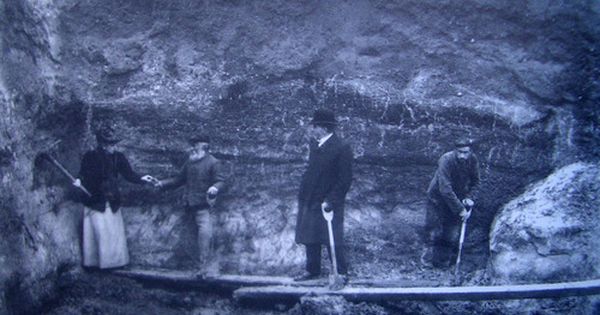
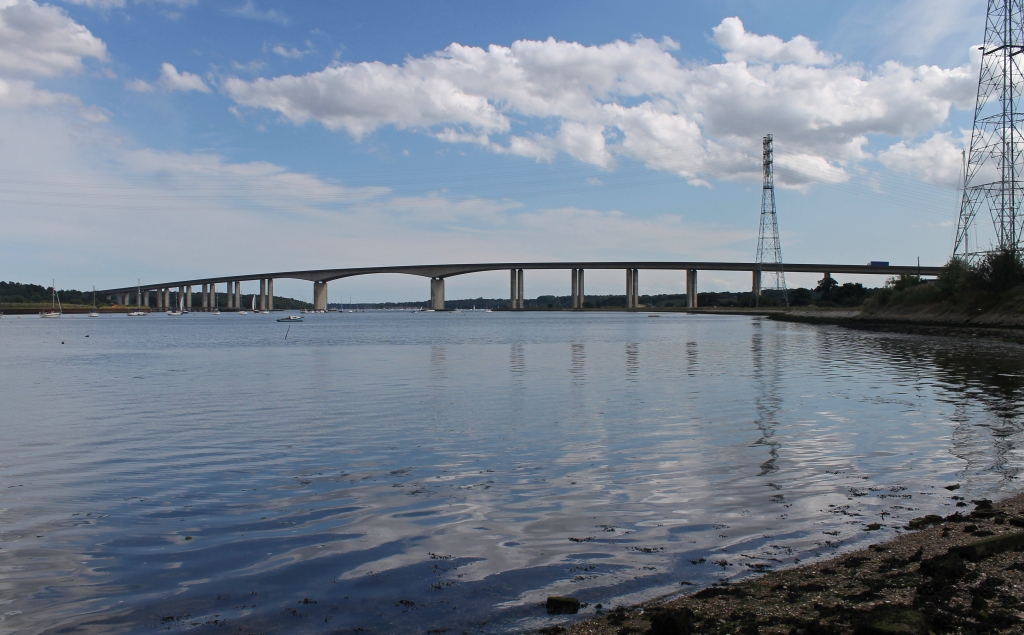
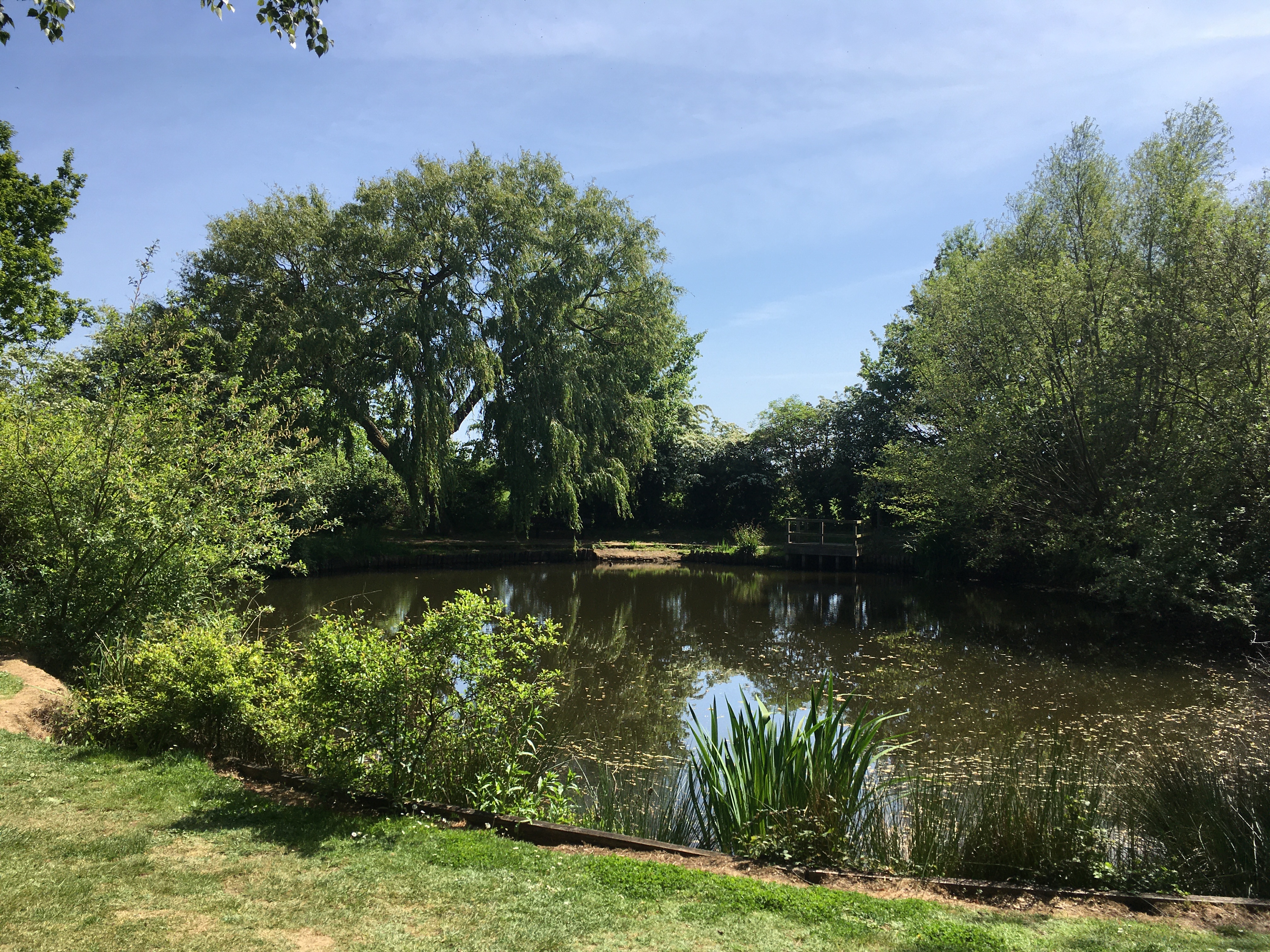
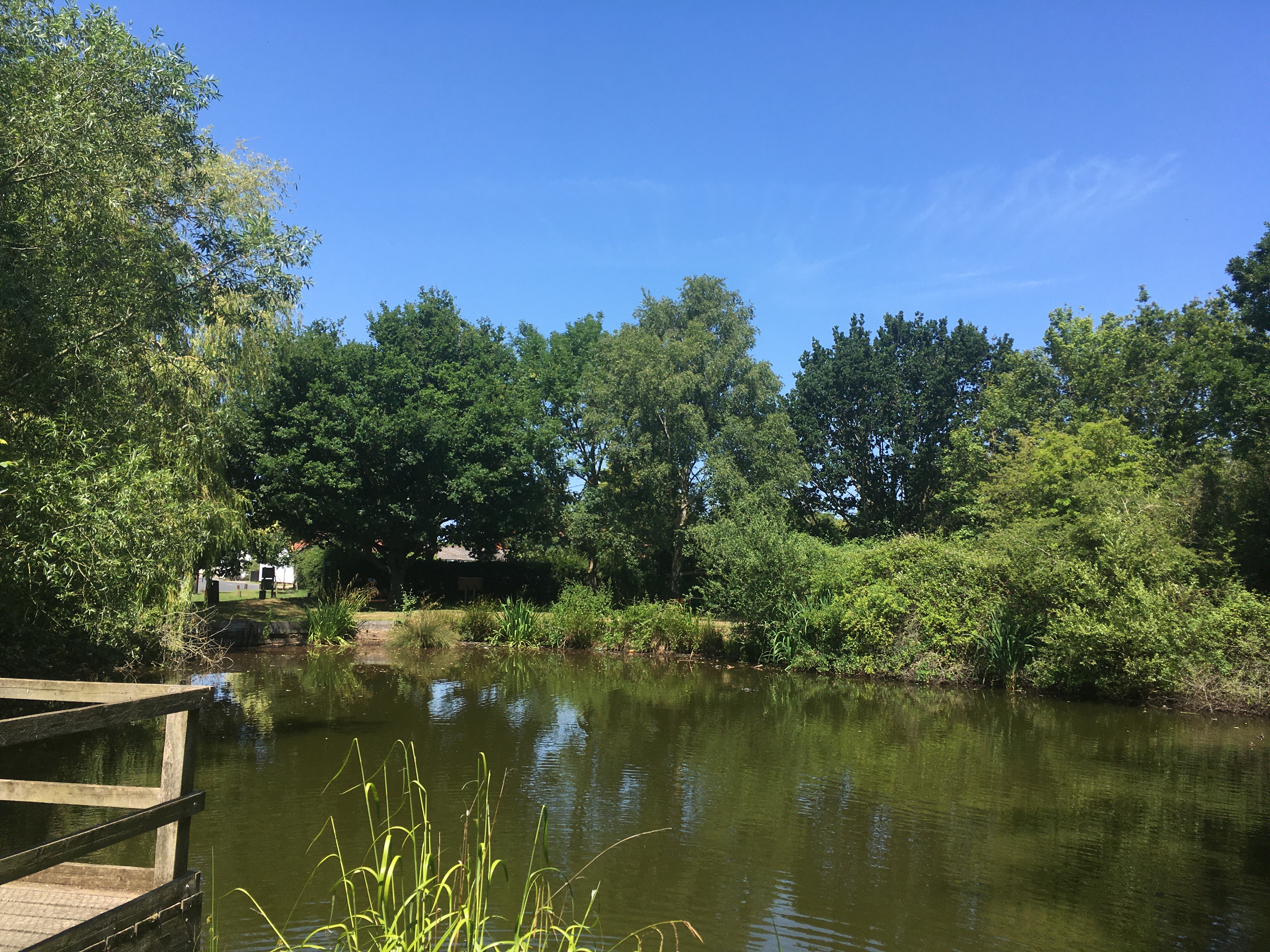



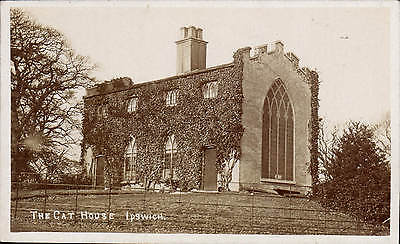
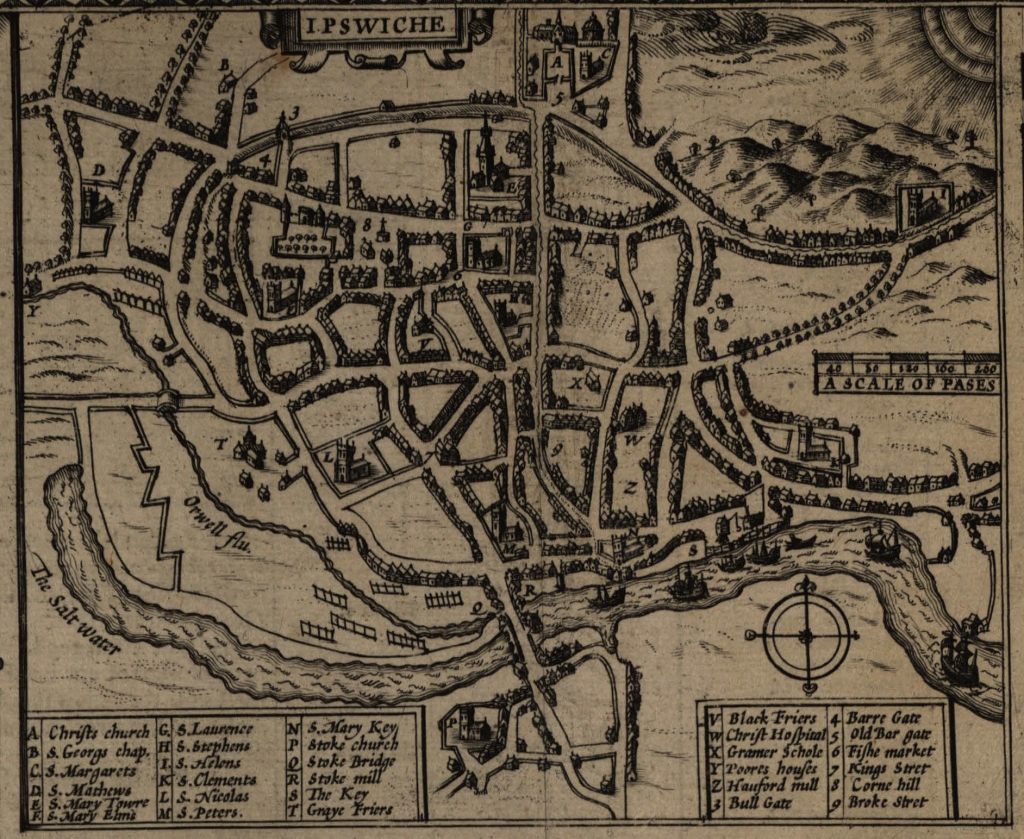
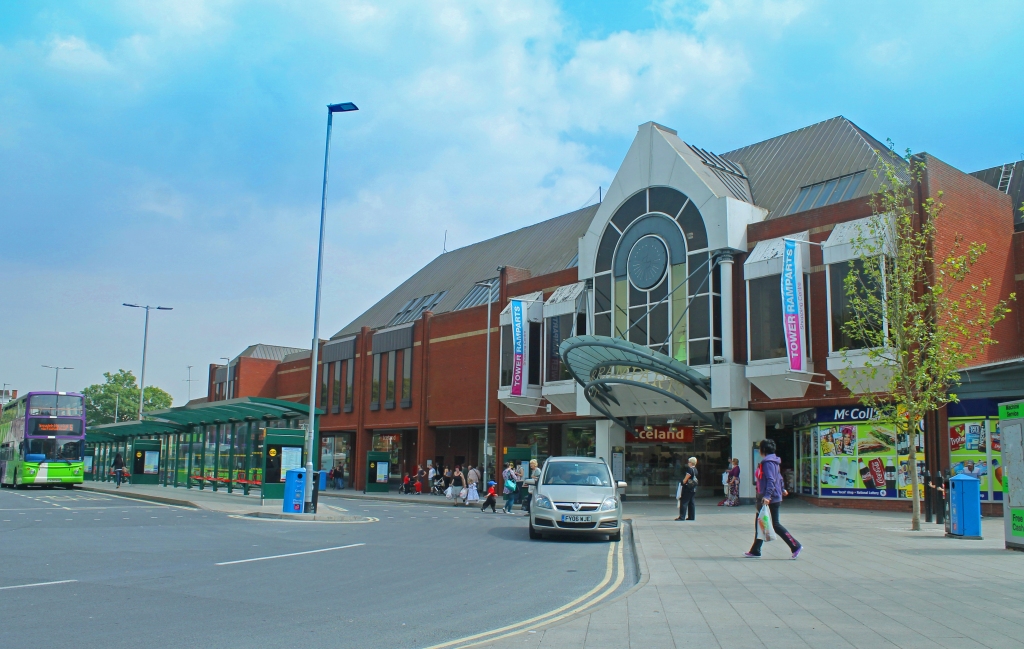
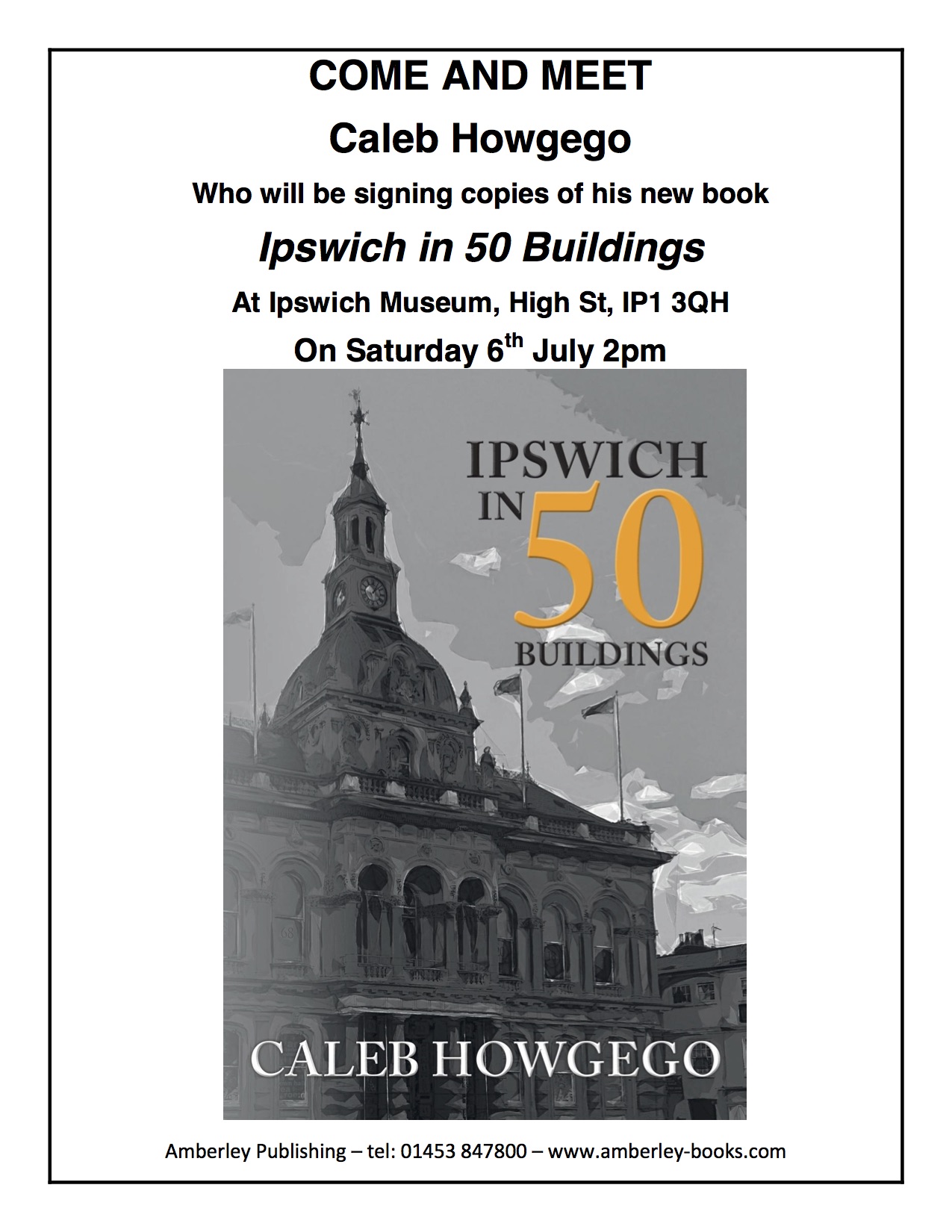 Here’s the blurb if you would like to know more about Ipswich in 50 Buildings:
Here’s the blurb if you would like to know more about Ipswich in 50 Buildings: